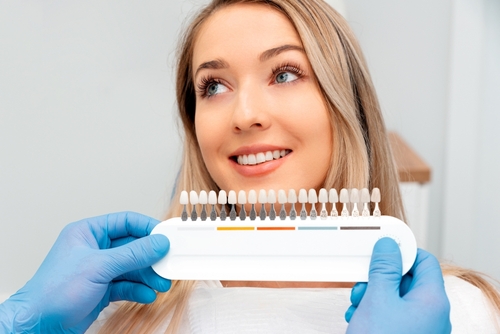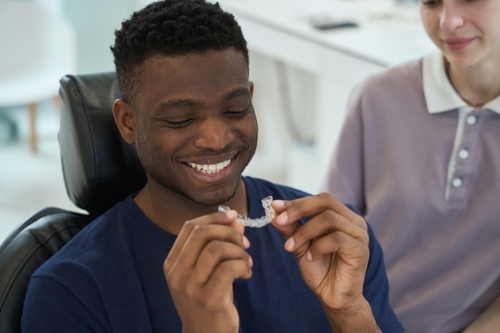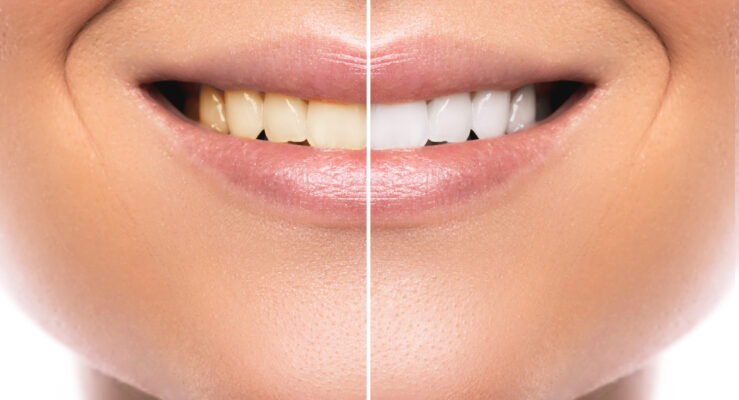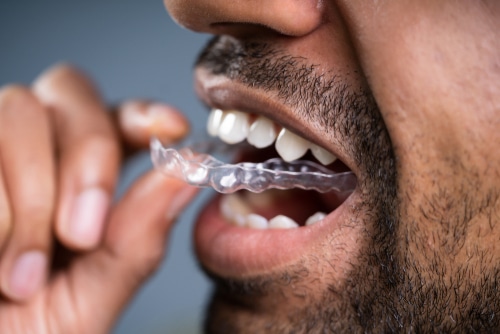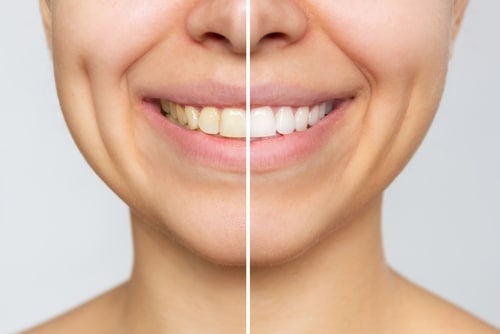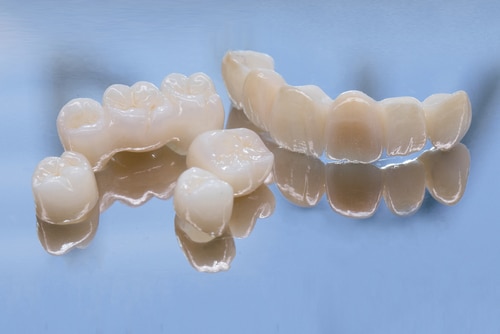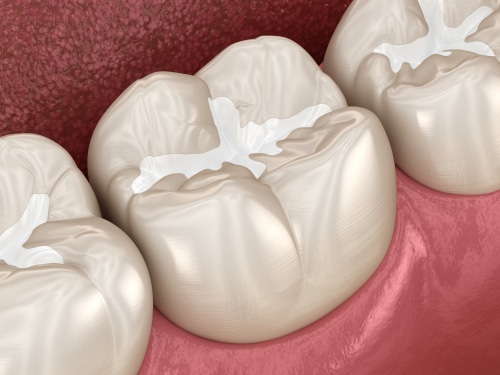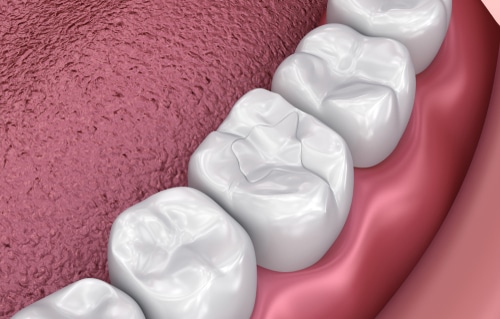Category Archives: Cosmetic Dentistry
Porcelain Veneer Benefits: Where Confidence Meets Craftsmanship
Have you ever caught yourself holding back a smile—pressing your lips together in photos, turning [...]
Crowns vs. Veneers: What You Should Know Before You Decide
We’ve all played the “either/or” game—even if we didn’t realize it at the time. Would [...]
A Clear Look at the Cost of Porcelain Veneers and Cosmetic Alternatives
Choosing a cosmetic dental treatment isn’t just about picking a procedure off a menu—it’s more [...]
Bonding vs. Veneers: Which One Aligns With Your Smile Goals?
Your smile holds more than appearance—it reflects who you are, how you express yourself, and [...]
What To Expect From a Smile Makeover
There’s something undeniably magical about a legendary makeover scene in a movie—the moment when a [...]
Your Step-by-Step Guide Through the Veneers Process at Aspire Dental
What if your smile could tell the story you want it to—radiating confidence, joy, and [...]
Invisible Braces: How the Invisalign Process Works
If you asked a group of people what type of changes would improve their smile, [...]
A Veneer Dentist Can Give You the Smile of Your Dreams
In today’s world of smartphones and social media, it’s never been easier to take photos [...]
Teeth Bleaching Can Instantly Brighten Your Smile
“You never get a second chance to make a first impression.” This old saying holds [...]
Porcelain Veneers: A Long-Term Smile Solution
Your smile often makes the initial impression when you meet someone new. But sometimes, tiny [...]
Broken Tooth Fixed With Dental Bonding
Do you ever hide your smile in photos or hesitate to laugh because you’re embarrassed [...]
Whiter Teeth for a Radiant Smile
Every time you laugh, talk, or smile, you show the world a bit of who [...]
Clear Aligners: The Discreet Option for Straighter Teeth
In today’s fast-paced world, we are all looking for quick, efficient solutions that match our [...]
Loose Dentures No More: Exploring Permanent Solutions
Are you tired of the frustration and discomfort caused by loose dentures? Do you long [...]
Dental Veneers Can Perfect Your Smile
Your smile is often the first thing people notice about you. But for many, smiling [...]
Teeth Whitening
Tooth whitening (or bleaching) is a simple, non-invasive dental treatment used to change the color [...]
Dental Bonding
Dental bonding is an efficient, affordable process of bonding tooth-colored resin to the teeth to [...]
Crowns and Bridges
Crowns and bridges are made by a dental technician that uses the mold of your [...]
Invisalign
Invisalign clear aligners are made of invisible plastic. Rather than being cemented or bonded to [...]
Sealants
Dental sealants are plastic coatings that are usually placed on the chewing surface of the [...]
Composite Fillings
A composite (tooth colored) filling is used to repair a tooth that is affected by [...]






